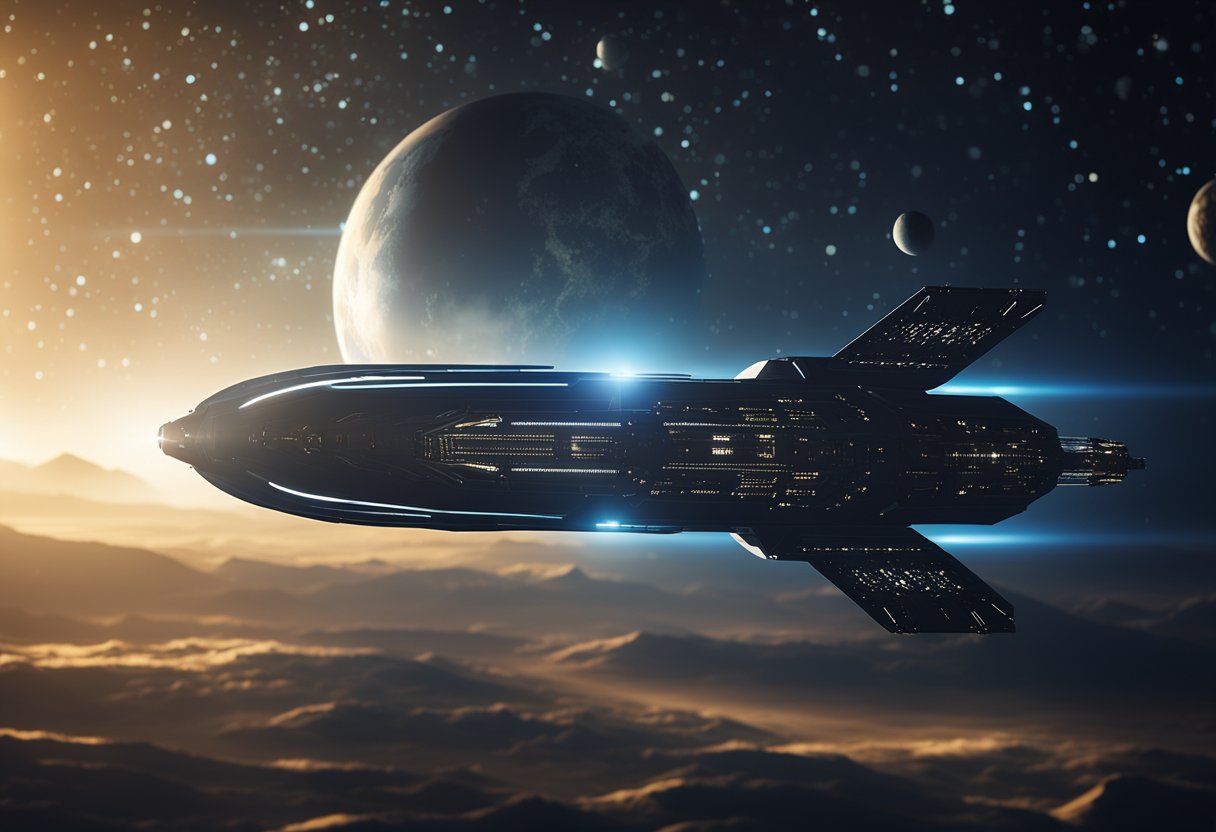
Embarking on a space journey is an extraordinary experience that a select few will have the chance to undertake. As humankind’s adventures extend beyond Earth’s atmosphere, documenting the experiences of space travel becomes a unique narrative quite unparalleled by any other. The art of recording a space journey is multi-faceted, capturing everything from the meticulous preparation and technical details to the personal reflections and cultural exchanges that occur aboard a spacecraft. At SpaceVoyageVentures.com, we chronicle these incredible ventures, whether they’re already in progress, on the horizon, or part of an ambitious future vision for space tourism.
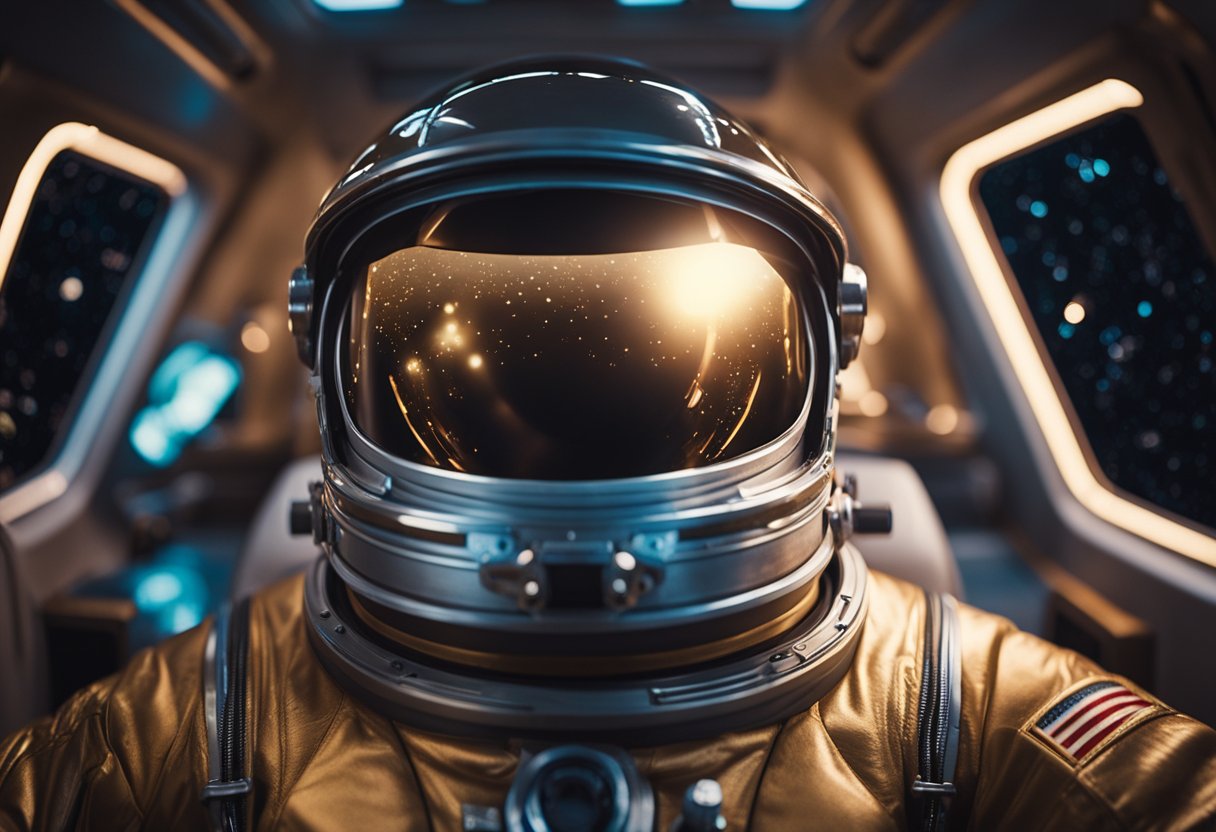
Documentation during a space journey doesn’t just serve as a historical account; it is a powerful tool that can forge connections with audiences back on Earth. Recording the journey allows others to share in the challenges, triumphs, personal growth, and cultural insights gained through this extraordinary venture. Even the seemingly mundane, like food in zero gravity, becomes a captivating story. Chronologically mapping the events with precise dates and timelines gives structure to the story of space exploration and ensures that the finer details of life beyond the atmosphere are not lost to the expanses of space.
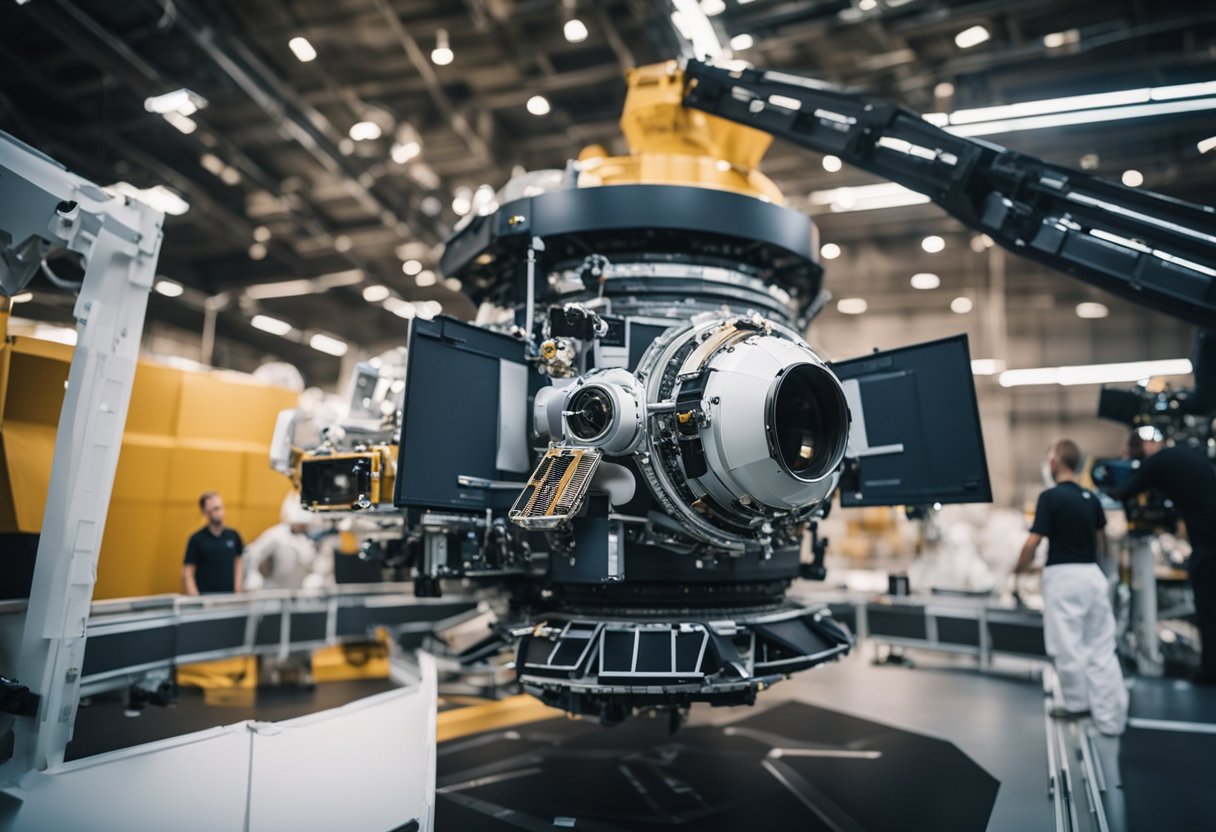
Embarking on a space journey is a monumental event in anyone’s life. We must gather the right resources, develop a clear mindset, and ensure we have the proper equipment and training that meets the mission’s stringent objectives.
Selecting equipment for space travel involves a careful balance between functionality and weight. We must consider the essentials needed for survival, from the pressurised spacesuits that keep us alive in the vacuum of space to the life-support systems that regulate our environment. Each piece of equipment must be tested and retested to ensure it can withstand the rigours of space travel. For documentation purposes, high-quality cameras and journals are vital for recording various aspects of the journey.
Our mission objectives will be clearly defined to ensure a successful journey. Each person aboard must be familiar with the intricate details of the mission plan. Resources available at SpaceVoyageVentures.com offer insight into past and future space tourism trips, which we can use as a reference for setting realistic goals and benchmarks.
Our physical and mental well-being is paramount for the duration of space travel. The regimen includes weightlessness simulations and exercises designed to maintain muscle and bone density. Mentally, we must be prepared to live in confined spaces for extended periods and manage the isolation from Earth. Continuous learning, as described in this NASA education project, helps keep our minds sharp and focused on the tasks at hand.
Documenting our space journey will not only provide invaluable insights for future explorers but also inspire people back on Earth to reach for the stars.
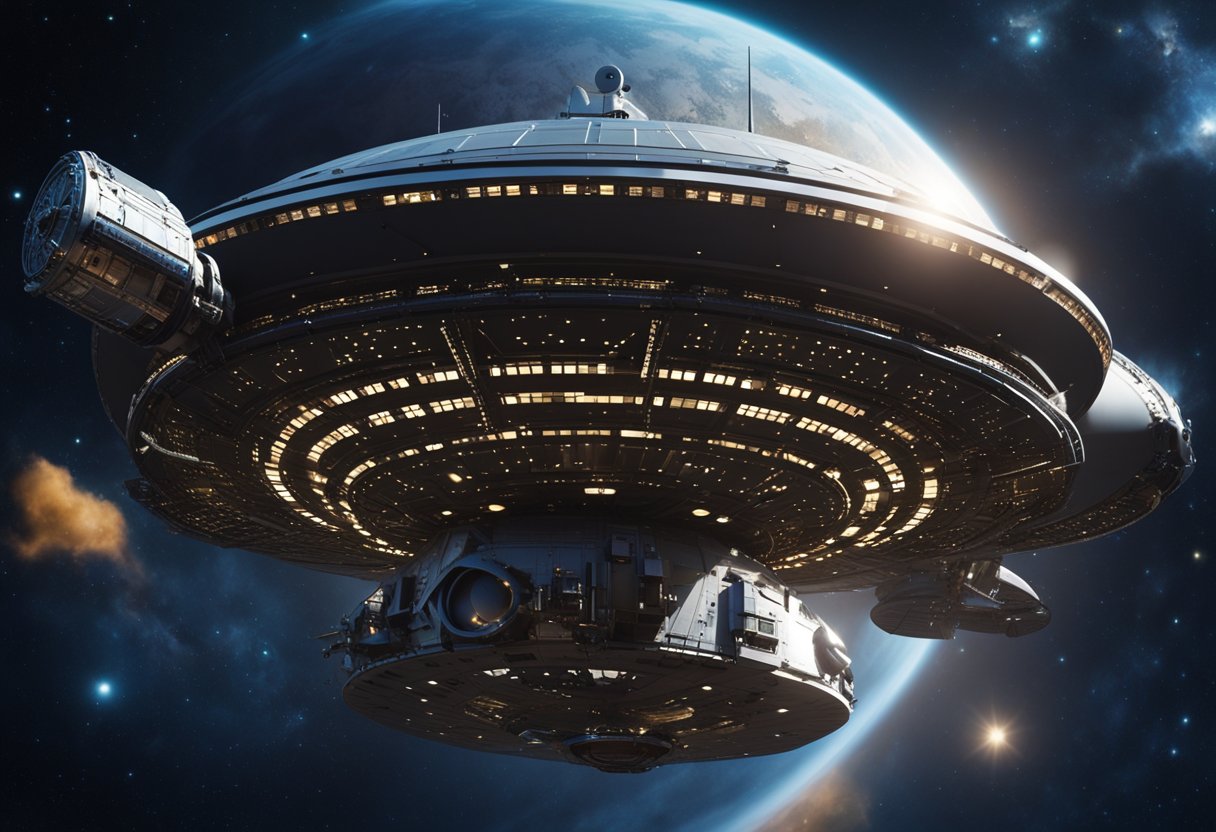
In our space journeys, the act of documenting not only serves as a record of monumental human achievements but also as a source of inspiration and learning for future explorers. Our meticulous documentation immortalises every step of our cosmic travels and shares the wonder of space with the world.
We’ve found that journaling allows us to capture the profundity of our experiences in words. A journal serves as a personal account, detailing emotions, thoughts, and unique encounters. It’s essential for us to record these reflections promptly, ensuring that we preserve the authenticity of our in-the-moment reactions.
Photography is critical in documenting our cosmic endeavours; a single photo can tell a story that words cannot encapsulate. We employ various techniques to capture the vastness of space and the intricacies of our spacecraft.
Videos are unparalleled in their ability to convey the dynamism and complexity of space travel. We harness the power of video to document our procedures, the awe-inspiring views from our spacecraft, and our daily life in zero gravity.
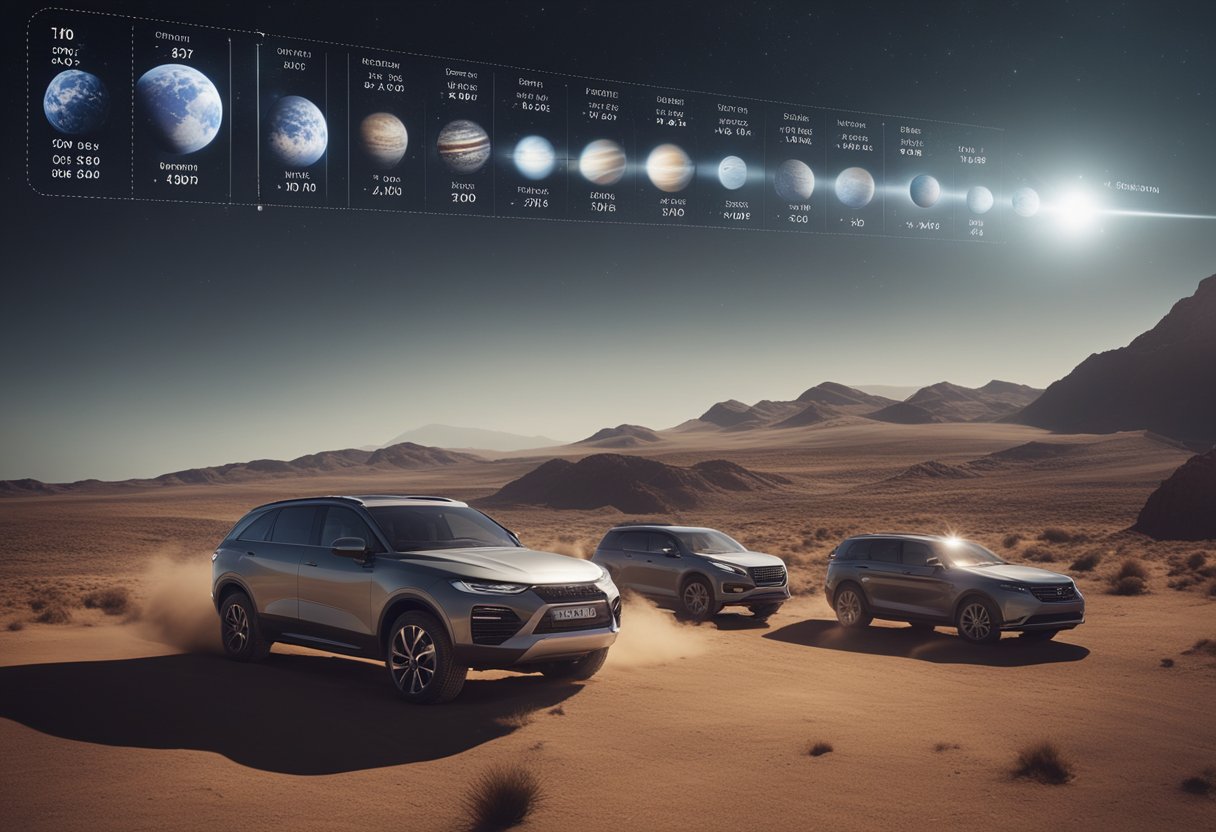
When embarking on our space journey, it’s crucial that we document every aspect meticulously, with a strong emphasis on dates and timelines, to effectively organise our content and recognise significant moments.
By maintaining an accurate timeline, we ensure our space journey is represented clearly and logically. Documenting events in chronological order provides an easily navigable structure to our narrative. This not only helps us trace the pattern of our journey but also assists future tourists in understanding the progression of space travel at SpaceVoyageVentures.com. We use dates and times to catalogue our experiences, adding a temporal framework that enhances the richness of our documentation.
Using timelines, dates, and times, we highlight significant moments throughout our space exploration endeavours. Milestones, such as the departure from Earth, first sighting of a celestial body, or docking at a space station, are punctuated and recorded, offering us points of reflection and celebration. On SpaceVoyageVentures.com, these events are marked to acknowledge their importance in the evolving story of space tourism and to provide inspiration for those following in our footsteps.
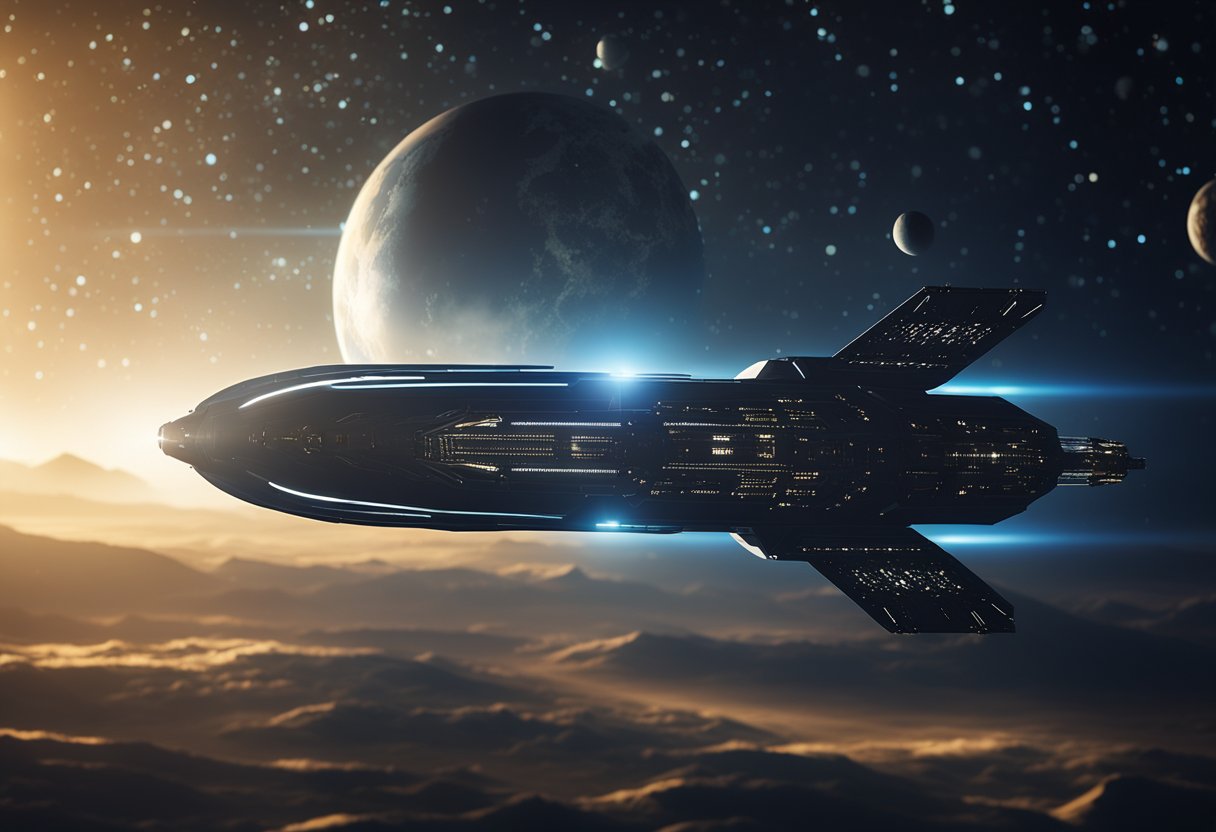
In this digital era, we understand the importance of building a robust connection with our audience. Through candid sharing, timely email communications, and creating compelling narratives, we aim to take you along on every step of our galactic journey.
Social media platforms offer us the unique opportunity to share instantaneous updates and engage with our community effectively. We utilise:
With every post, tweet, or story, we bring our audience closer to the awe-inspiring experience of space travel.
Our email newsletters act as a direct line to our audience, providing:
By subscribing to our email updates, you ensure that you’re always in the loop with the latest from SpaceVoyageVentures.com.
We believe in the power of storytelling to convey the nuances of our expeditions. Our stories:
Through these narratives, we share the human aspect of space travel, making the concept of journeying into the cosmos relatable and real.
When embarking on a space voyage, we must carefully consider our nutritional intake. Food in space goes beyond mere sustenance, playing a crucial role in our overall health, morale, and the semblance of normalcy on long missions.
In the unique environment of space, we adhere to eating patterns that reflect our nutritional needs and the physical constraints of microgravity. Meals are carefully timetabled to align with mission schedules:
Snacks are available but must be consumed with care to prevent crumbs that could harm equipment. Consistency in our eating patterns is vital for maintaining physical health and circadian rhythms.
Maintaining morale is as important as nutrition. For this reason, we preserve special meals to commemorate events akin to traditions on Earth:
These meals are not just about taste; they provide psychological comfort, reminding us of home and helping to bond the crew during the shared experience of exploration. We find these meals integral to our wellbeing, especially on extended missions facilitated by platforms such as SpaceVoyageVentures.com, which highlights the importance of such comforts in space travel.
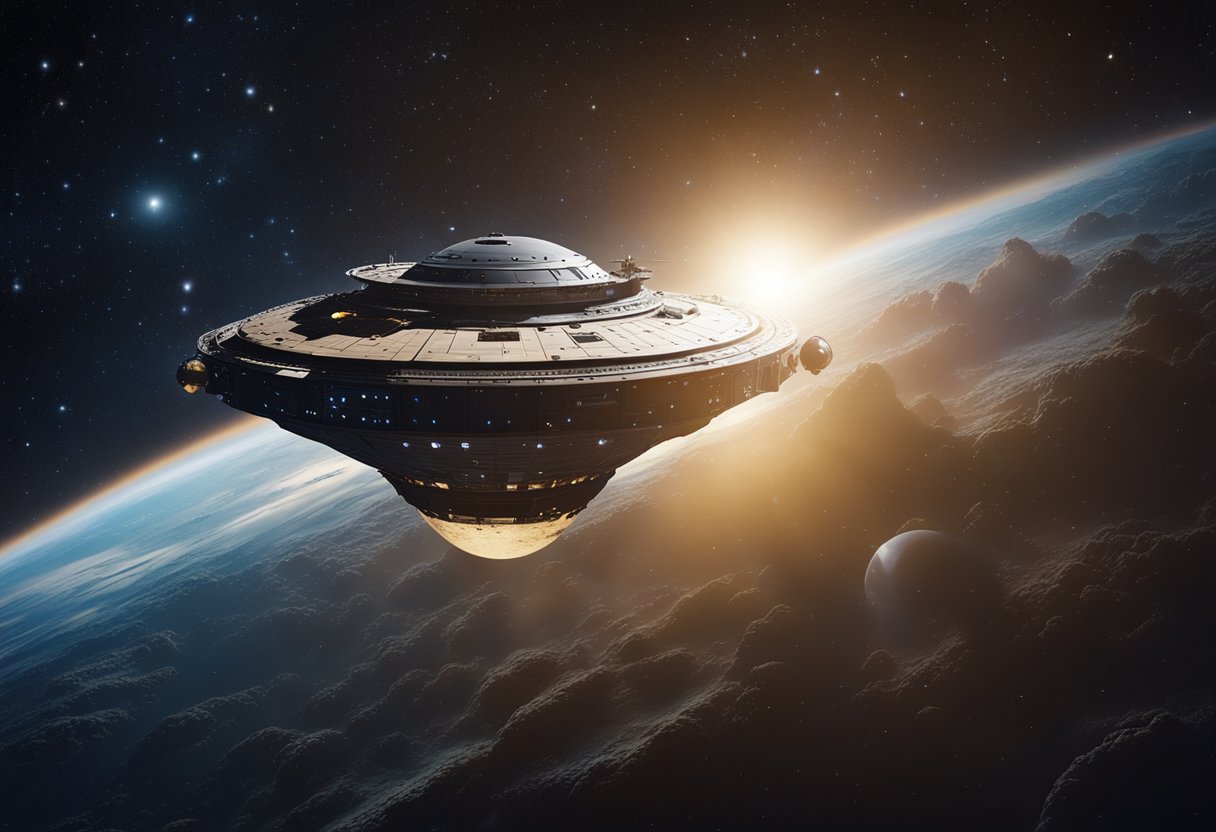
Our experiences beyond Earth’s atmosphere are shaped by the myriad interactions we have with the space environment. These interactions, ranging from spacewalks to observing celestial bodies, profoundly affect both our operations and perceptions during a space journey.
Spacewalks, or extravehicular activities (EVAs), are essential for conducting experiments in the vacuum of space. While outside the spacecraft, we are directly exposed to the harsh environment of space, including extreme temperatures and microgravity. This environment challenges us to develop specialised suits and equipment to safely conduct research and maintenance. For instance, when repairing the exterior of a spacecraft or deploying satellites, we rely on these suits to sustain life and facilitate mobility.
From the window of our spacecraft, the sight of Earth is a poignant reminder of our home planet’s fragility and beauty. Observations from space provide unique perspectives that are impossible from the ground. For instance, we can witness atmospheric phenomena, weather patterns, and changes in Earth’s environments over time. Additionally, our proximity to other planets allows for direct study in ways not feasible from Earth-based telescopes, offering a deeper understanding of our solar system’s composition and history.
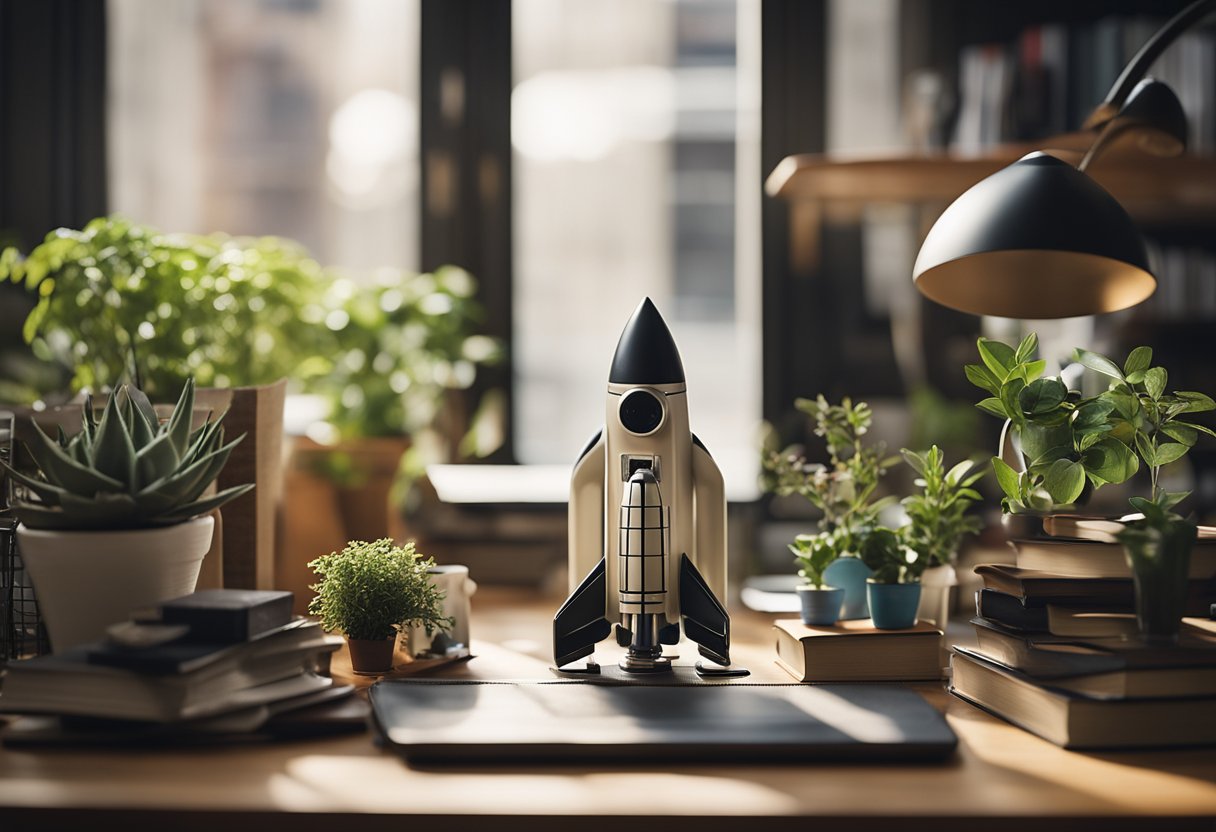
In our quest for personal development, it’s essential we track our learning and celebrate our achievements. This not only provides us with tangible proof of our growth but also serves as a beacon for further learning and reflection.
Through careful documentation, we gain the ability to reflect on our experiences, allowing us to identify the lessons learnt during our space journey. We maintain logs on SpaceVoyageVentures.com, detailing our training, simulations, and any scientific concepts that we encounter. This methodical approach enables us to ascertain our progress in understanding the complex nature of space travel. For instance, we may record:
Our achievements, whether they’re successful missions or completing rigorous training programmes, deserve recognition. By highlighting these milestones, we provide ourselves and others with evidence of what’s attainable. On SpaceVoyageVentures.com, we catalogue our milestones into a timeline format:
Documenting these steps not only commemorates our achievements but also inspires prospective space voyagers to embark on their own odyssey.

In the vastness of space, aboard the International Space Station (ISS), we find a unique blend of cultures and traditions. Astronauts coming together from all corners of the globe create a microcosm of international unity.
Engaging with our international crew translates to a melting pot of perspectives and wisdom. It’s here that cultural exchange is not just a possibility but a daily reality. We document every handshake and shared meal, recognising these as pivotal moments of unity and cooperation. These exchanges are pivotal to not only our personal growth but also for fostering a climate of international camaraderie.
Alongside human interactions, we make a point to record local customs and activities. This could range from an astronaut’s tradition to celebrate national holidays in space, to the way various crew members adapt their Earth-bound customs to the necessities of living in a microgravity environment. For instance, we meticulously jot down how astronauts might prepare their national dishes using the limited ingredients available on the ISS, or how they work out compromises to observe significant dates while orbiting the Earth. These insights offer a glimpse into the resilient nature of local traditions, even in the most unconventional habitats.
When embarking on a space journey, capturing memories and creating keepsakes allows us to preserve the extraordinary experience. Our space travels can be immortalised through innovative means like a customised scrapbook or a collection of unique items garnered throughout the voyage.
The process of compiling a space travel scrapbook provides a creative outlet for us to document our journey. We can include photographs of celestial sights, framed against the vastness of space, annotated with descriptions of what we felt during those moments. Incorporating tickets and receipts adds authentic details to our narrative, detailing the chronological progression of our expedition.
Our voyage allows us to amass a range of unique items, turning them into treasured keepsakes. Having these tangible items can bring the memories of our experiences back to life. We may collect limited-edition tokens exclusively available on our spacecraft, or rare geological samples from celestial bodies that we visit if permitted. These items, coupled with their stories, become invaluable artefacts of our interstellar travels, creating a legacy of our time in space.
By actively documenting with a scrapbook and seeking out distinct collectables, we ensure that our space journey is well-preserved not just in our memories, but also as a legacy of humankind’s exploratory spirit, as shown by future endeavours listed on SpaceVoyageVentures.com.
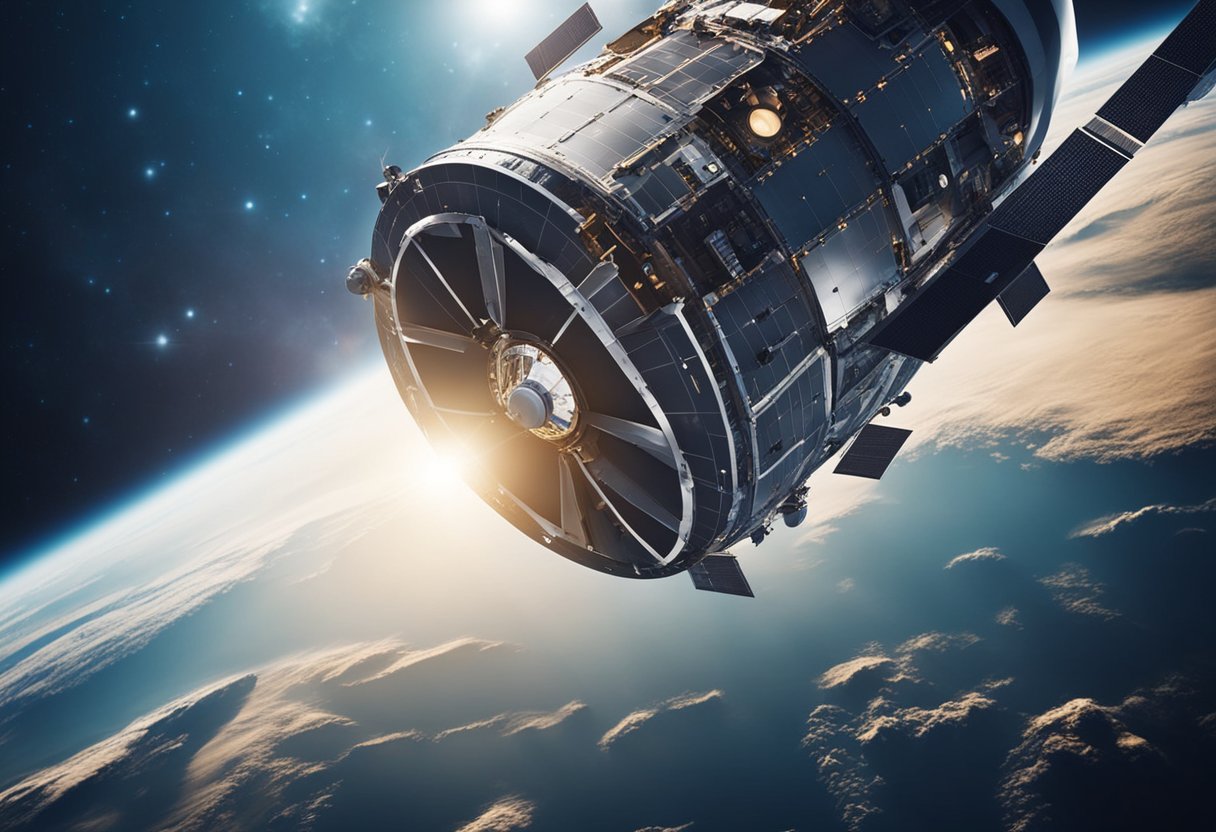
In documenting space journeys, there are critical technical aspects to be addressed to ensure the integrity and utility of the records we create. Our work is underpinned by robust digital system management and stringent archiving protocols.
The essence of managing digital assets lies in the organisation and accessibility of content. We approach this through systematic categorisation and employ advanced AI technology to tag and retrieve digital assets efficiently. Below is an approach we take for asset management:
This framework enables us to monitor our assets actively and guarantees that our digital documents are promptly available when needed.
Archiving is fundamental to the longevity and historical accuracy of our documentation process. We stress the importance of:
We ensure that our archives are compliant with international standards, making use of services referenced in our research, such as the NASA Technical Documentation Style Guide, to align with the best practices in space documentation archiving. Additionally, our efforts are chronicled on websites such as SpaceVoyageVentures.com, which disseminate information about both current and upcoming space tourism ventures.
When embarking on an extraordinary space journey, it is crucial to document the experience thoroughly. Our new space tourism website, SpaceVoyageVentures.com, provides a wealth of information to help individuals prepare for this adventure. Below, we answer some frequently asked questions to guide you in capturing these once-in-a-lifetime memories effectively.
Keeping a digital diary with videos and photos is an excellent method for recording experiences in space. Additionally, portable 360-degree cameras can capture panoramic views of the cosmic scenery.
Satellite navigation apps that have been optimised for space travel will soon be available for enthusiasts to use. At present, applications for visualising and tracking the International Space Station, such as NASA’s app, offer a glimpse of what is to come.
Creating custom digital photo albums or crafting physical scrapbooks allows for a tactile way to commemorate the journey. Ordering commemorative items, such as mission patches or printed star maps, can also serve as meaningful mementos.
Logging observations in a journal fosters a deeper connection to the experience and can be an invaluable reference for future explorers. Journals also assist in the detail-oriented scientific documentation necessary for advancing space travel technology.
Focusing on sensory descriptions and emotional responses can help convey the profound nature of space travel. It’s important to reflect on the personal impact of the journey and the broader implications for humanity.
Emerging virtual reality (VR) applications and augmented reality (AR) tools are paving the way for immersive experiences that map and visualise space routes. These technologies offer a new dimension in documenting and reliving space travel experiences.